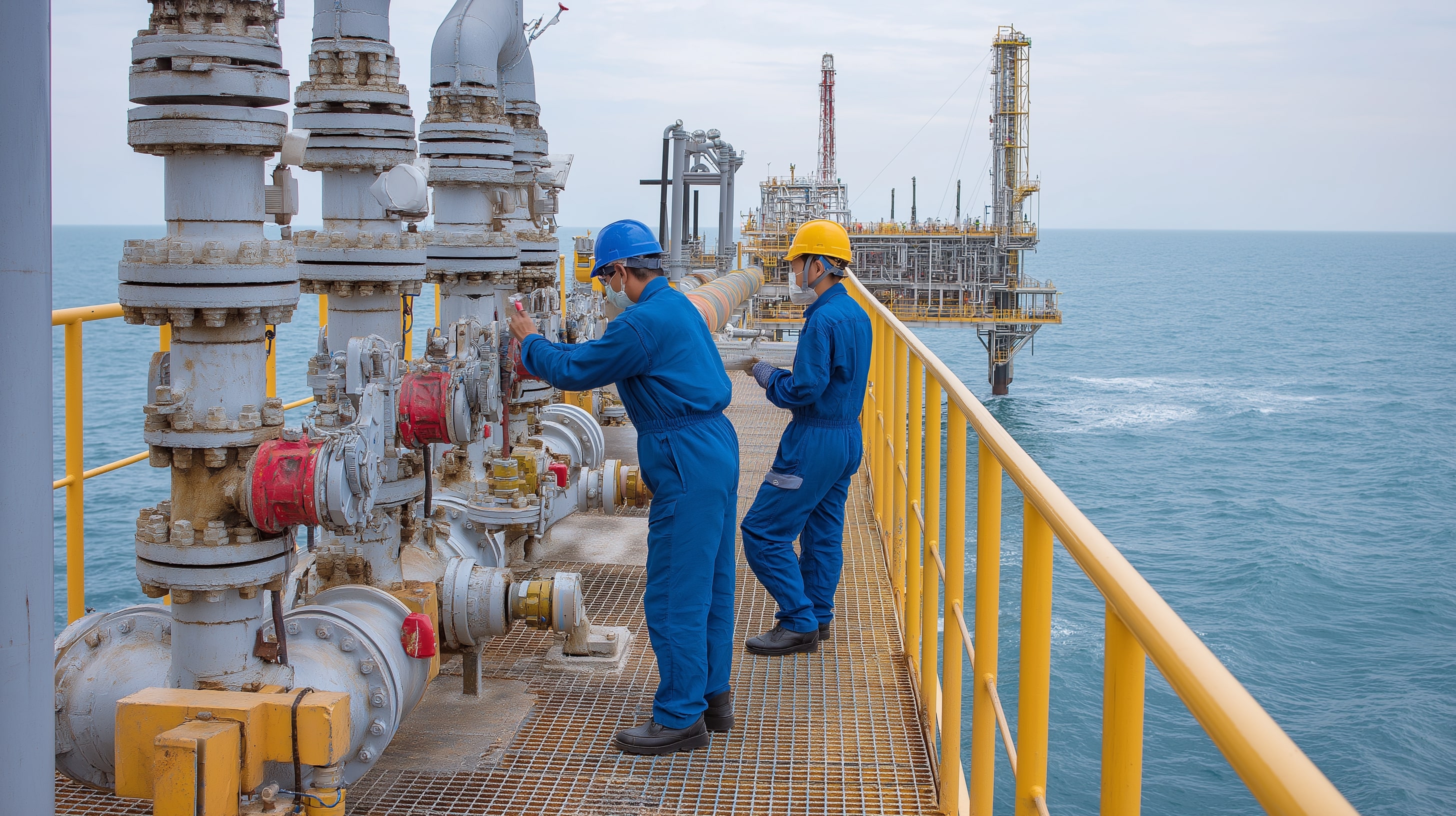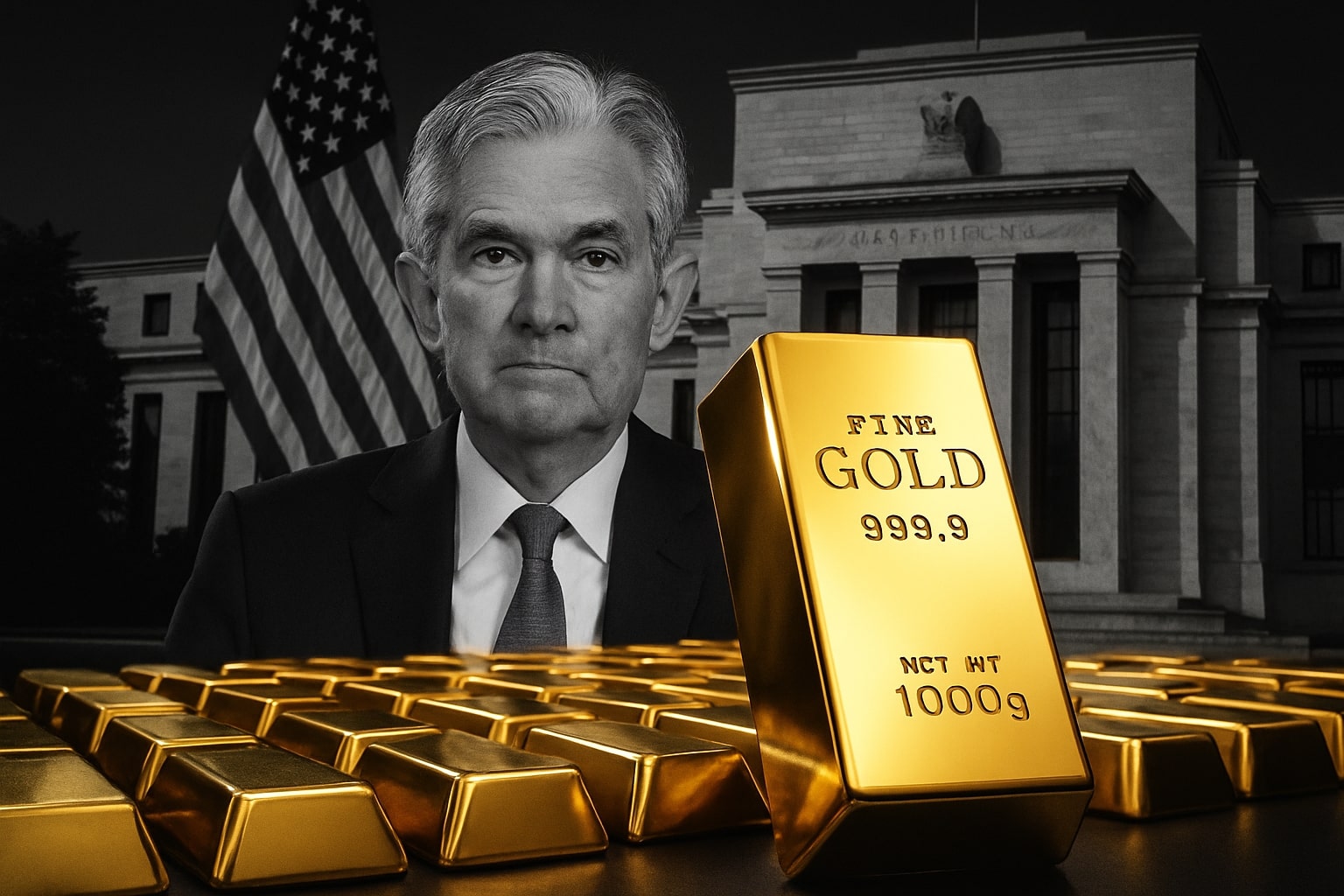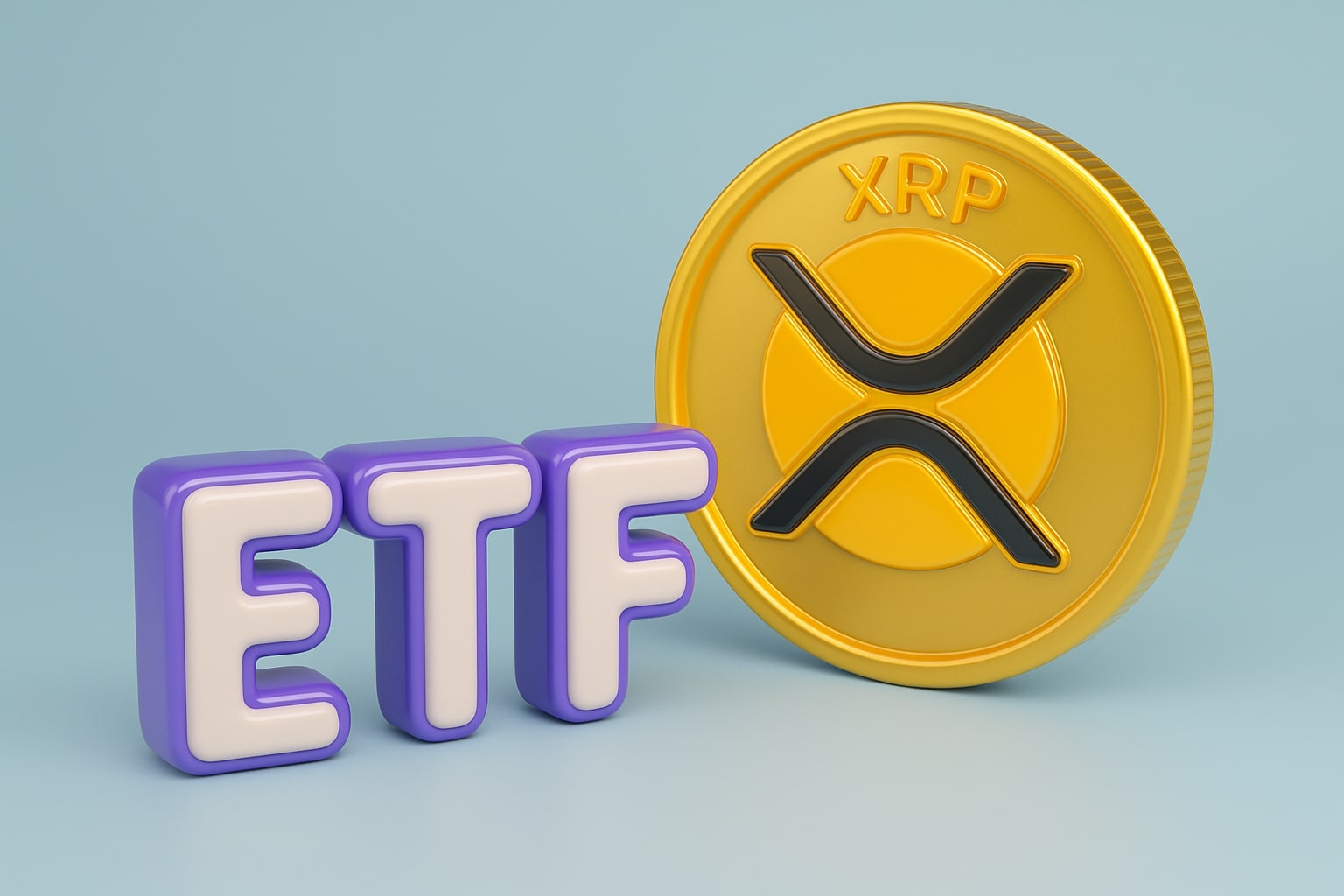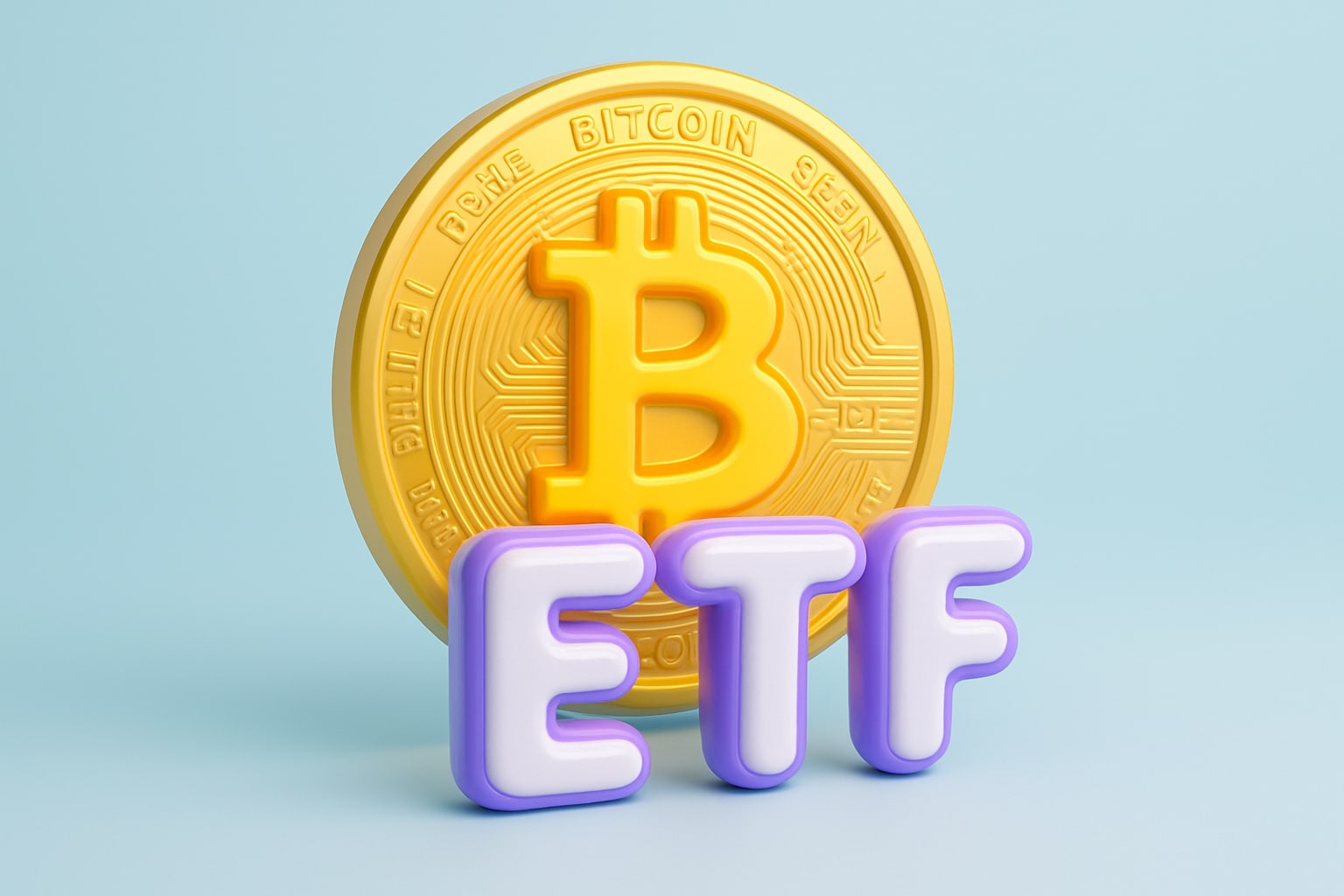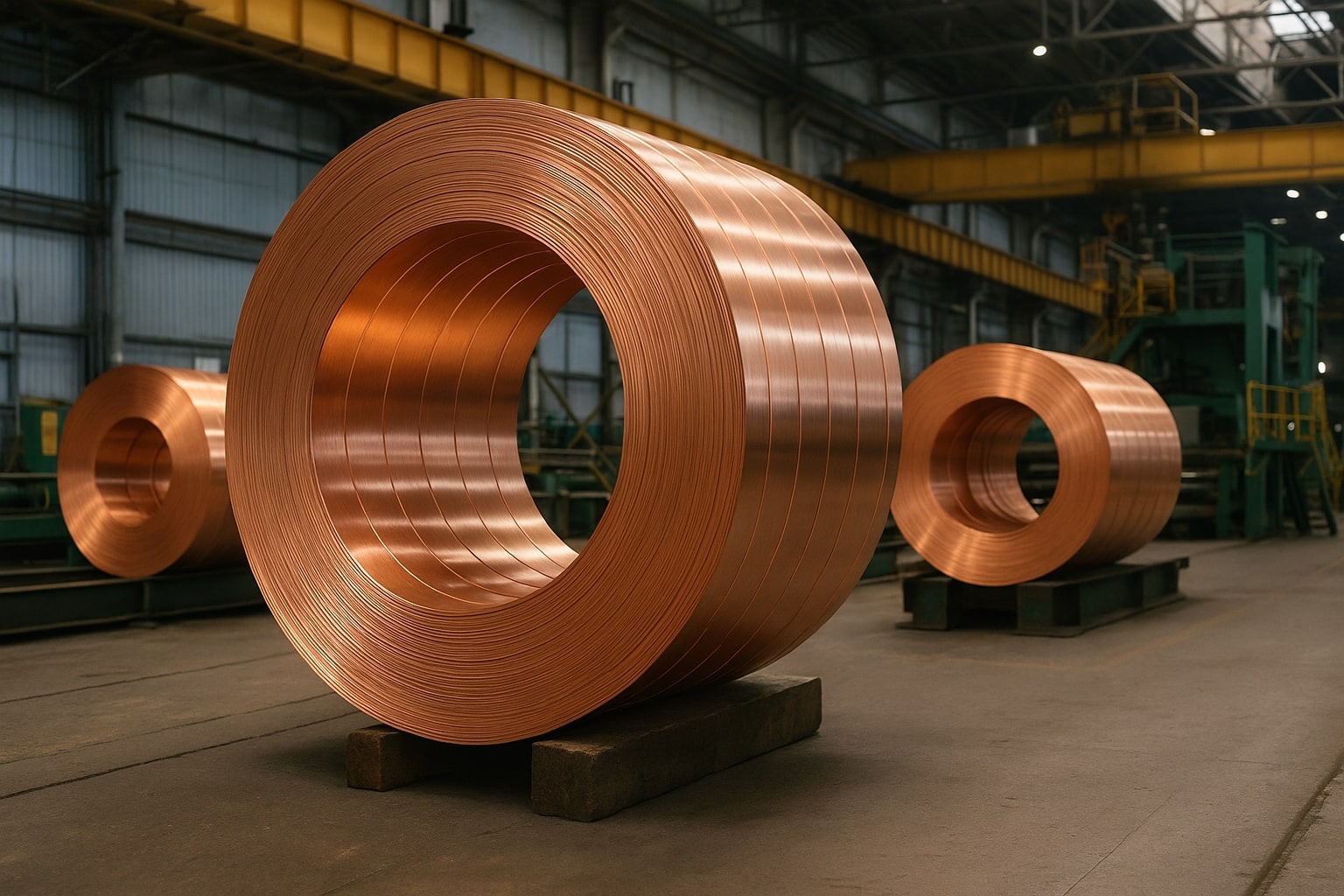
Copper Prices Forecast: HG=F Nears Record Highs $5.37 on Supply Shocks and EV Demand
Futures trade above $5.20/lb as Codelco’s production cut, U.S. tariff swings, and global electrification keep copper markets volatile and bullish | That's TradingNEWS
Copper Price Outlook 2025: HG=F Faces Record Highs, Tariffs, and Supply Shocks
The copper market in 2025 has been nothing short of explosive. Prices on Comex nearly touched the historical high of $5.37 per pound seen in March, supported by robust demand from electrification projects, green infrastructure, and the electric vehicle boom. Yet beneath the surface, structural supply disruptions, escalating geopolitical trade tensions, and shifting merger-and-acquisition strategies are creating a complex backdrop for investors tracking HG=F futures. Copper is not only the backbone of global electrification but also increasingly the frontline commodity in tariff wars, environmental debates, and mining consolidation.
HG=F Prices Rally Toward Records but Tariffs Trigger Chaos
In the first half of 2025, copper surged 18% before Trump’s tariff announcement sent futures into a violent swing. The president imposed tariffs of up to 50% on a range of imports but excluded refined copper, causing panic in futures markets. Copper dropped 6% overnight after a prior 18% plunge in a single session, triggering one of the steepest two-day selloffs in industrial metals this year. Yet despite this collapse, HG=F quickly regained momentum as Comex contracts rallied back above $5.20 per pound by June, leaving prices just cents away from record highs. Traders have highlighted that tariff exemptions for refined copper cushioned physical supply chains, but speculative positioning suffered a brutal squeeze, liquidating short bets and intensifying volatility.
Codelco Accident and Chilean Output Revision Reshape Global Supply
Chile’s Codelco, the world’s largest copper producer, added fresh instability to global supply after a fatal mine collapse at El Teniente halted production. First-half 2025 output reached 634,000 metric tons, up 9.3% year-on-year, but the miner cut its full-year forecast from 1.40Mt to 1.37Mt. Codelco also slashed its 2025 investment guidance to $4.3–$5.0 billion from a prior $4.6–$5.6 billion. The revisions underline the fragility of global copper supply at a time when demand is soaring. By the end of June, Codelco had already invested $2.5 billion, mainly on desalination projects and structural mine expansions, but El Teniente’s closure has cast a long shadow. With only 6 of 12 operations restored by August, the outlook remains constrained, and Chile’s role as a global swing supplier is under pressure.
M&A Activity: Megadeals Drive Supply Consolidation
Copper’s rally has ignited a new wave of consolidation. Between 2021 and 2024, the sector saw 57 M&A deals worth $30.63 billion, moving 137.3 million metric tons of copper in reserves. The 2022 peak included BHP’s $5.94 billion acquisition of OZ Minerals and Rio Tinto’s $3.25 billion buyout of Turquoise Hill Resources, consolidating key assets in Australia and Mongolia. By 2024, deals cooled, with $5.67 billion in transactions as copper averaged $4.22/lb. The first half of 2025 saw a revival with $648.9 million in acquisitions, including CMOC Singapore’s $407.2 million takeover of Lumina Gold, which brought 644,554 tons of copper reserves under its control. Hudbay Minerals also spent $44.3 million consolidating Copper Mountain Mine, securing 849,400 tons of reserves. These moves reflect the scramble for long-life, scalable deposits as demand rises. Notably, BHP’s failed $33.39 billion bid for Anglo American in 2024—aimed at unifying 23 million tons of reserves—signals that megamergers remain on the table.
Africa’s Expanding Copper Trade and Price Differentials
Africa’s copper wire and cable market is quietly expanding, with consumption rising 3.7% in 2024 to 115,000 tons. Forecasts show growth toward 135,000 tons by 2035, with a market value of $1.2 billion. Egypt, South Africa, and Tanzania collectively consume 44% of Africa’s copper wire, while Morocco and Ghana are emerging as growth centers. Export prices reached $10,122 per ton in 2024, with Egypt commanding $11,381 per ton, reflecting its higher quality output compared to Botswana at $7,604 per ton. Imports averaged $9,527 per ton, but Morocco paid nearly $14,000, highlighting regional price fragmentation. This divergence underscores Africa’s role not only as a supplier but also as a battleground for competitive pricing and new infrastructure demand.
Technological Innovations Reshaping Ore Processing
On the production side, copper’s future depends on innovation in processing. Bioleaching now yields 60–75% recovery with low emissions, while advanced flotation reaches 80–92% efficiency at $15–$35 per ton. SX/EW plants offer lower capex with recovery rates of 60–80%, while HPAL pushes recovery above 90% but at $30–$60 per ton, requiring heavy capital. Nanotechnology is expected to push efficiency to 95% in the next decade. These advancements matter because high-grade ores are running out, and technological progress is the only way to extract economically from low-grade deposits. Companies investing in automation, AI ore sorting, and smart monitoring platforms are seeing 15–20% improvements in energy efficiency and recovery.
Macro Tailwinds: Electrification and EVs Drive Demand
Global copper demand is forecast to rise 30% by 2030, driven by electric vehicles, renewable grids, and green infrastructure. Each EV requires 80–90 kilograms of copper compared to 20 kilograms in combustion cars, while offshore wind farms require up to 15 tons of copper per megawatt. With renewable investment surging, the demand curve for HG=F remains steeply upward. Even during periods of volatility, the underlying structural demand is unrelenting, forcing traders to price in a long-term bullish bias despite short-term swings.
Copper Futures Technical Structure and Key Levels
Technically, HG=F futures remain in a bullish structure despite volatility. Support rests at $4.70/lb, where previous consolidation occurred, while resistance is immediate at $5.37/lb—the March all-time high. A breakout above $5.40 could trigger a sharp extension toward $5.75/lb, while failure to hold $4.70 risks a retest of $4.45. Volume confirms strong liquidity, with daily trading exceeding $13 billion, making copper one of the most active contracts in commodities markets. RSI near 70 suggests overbought conditions but not exhaustion, aligning with continued upside momentum.
Verdict: Copper HG=F Rating
Taking into account record-high demand forecasts, constrained supply from Chile, ongoing M&A consolidation, and accelerating innovations in ore processing, HG=F maintains a fundamentally bullish profile. Short-term volatility from tariffs and accidents creates tactical pullbacks, but the structural trend is higher. With prices consolidating near $5.20/lb and upside targets above $5.40/lb, copper is best rated a Buy, with medium-term targets in the $5.75–$6.00/lb range as electrification accelerates.
That's TradingNEWS
Read More
-
PFFA ETF Nears $21.50 as Rate Cuts and 9.49% Yield Spark Renewed Demand
29.11.2025 · TradingNEWS ArchiveStocks
-
XRPI and XRPR ETFs Ignite Ripple’s Institutional Rally as Inflows Near $1B and XRP Holds $2.20
29.11.2025 · TradingNEWS ArchiveCrypto
-
Natural Gas Price Forecast - NG=F Blasts to $4.85 as Demand Surge Fuel Multi-Month Breakout
29.11.2025 · TradingNEWS ArchiveCommodities
-
USD/JPY Price Forecast - Yen to Dollar Slides to 156.10 as Yen Strengthens on Fed Cut Expectations
29.11.2025 · TradingNEWS ArchiveForex














